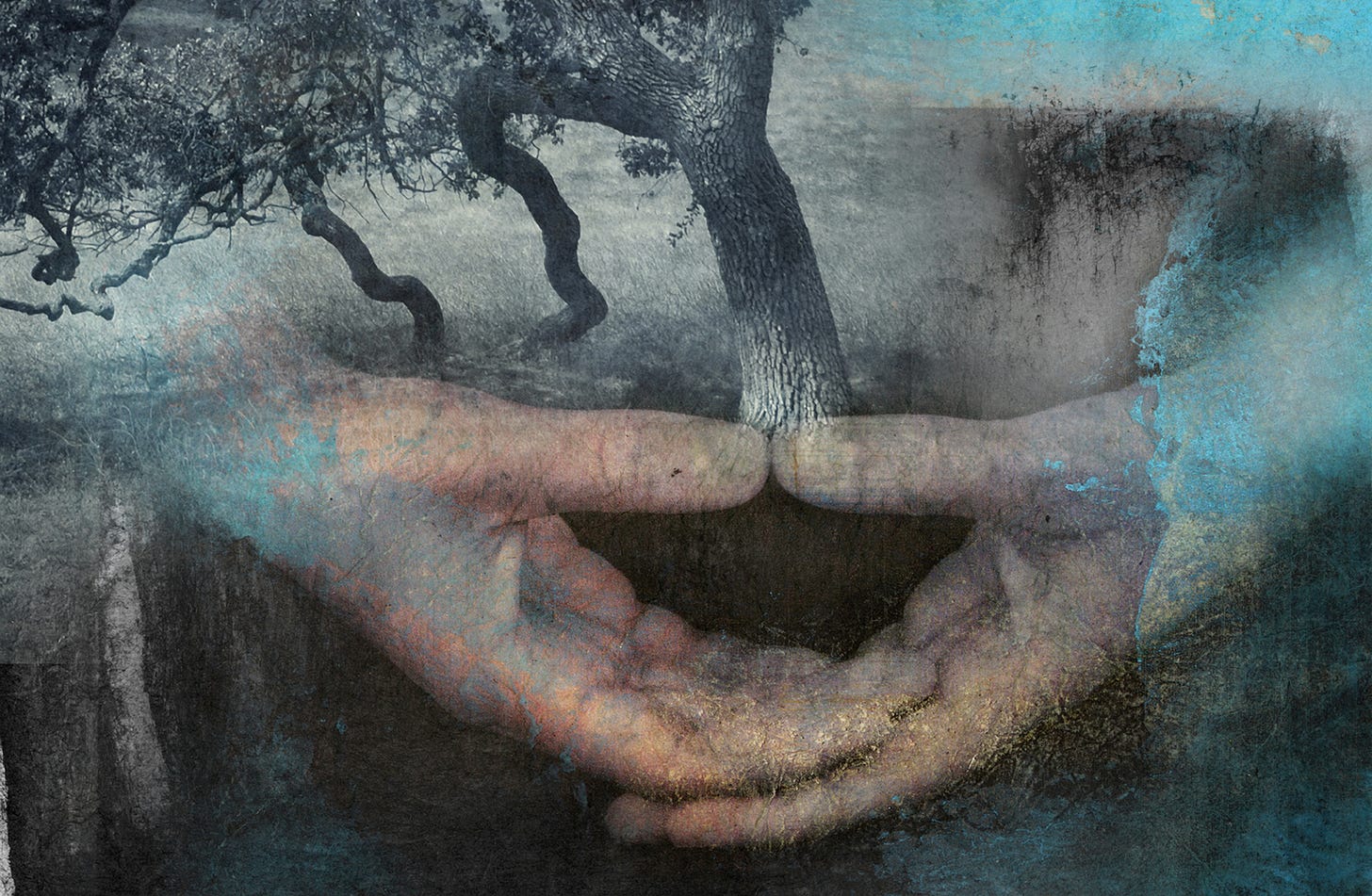Marrying the land: how we broke the ancient bargain
Women in British and Celtic mythology
Image by Elena Ray
The native pre-Christian mythology of the Celtic nations which stretch along the Western Atlantic seaboard of Europe is highly woman-centred. In our oldest stories, the creative, generative essence of the universe was female, not male; women represented the spiritual and moral axis of the world, and the power of men was predominantly s…


